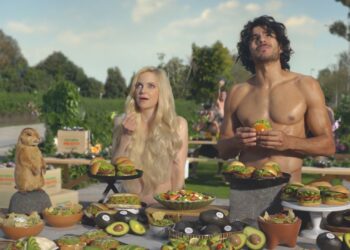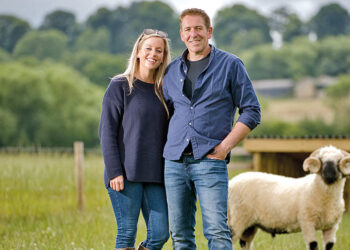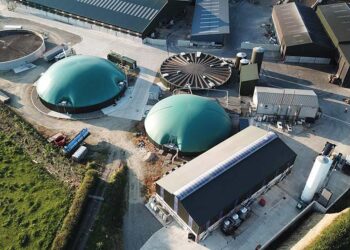So bright. Chef/Author (@chefrickmartinez)
Recipe developer Nasim Lahbichi says he began using this style of lighting, which I’ll call sun-and-shadows light, around 2020, and it was mostly out of necessity. His Brooklyn kitchen window is surrounded by neighboring buildings, limiting his access to natural light. But on sunny days there are a few hours where “beautiful direct sunlight shines through my kitchen, illuminating everything it touches.”
Sophie Waplington, aka @sophsplantkitchen, also makes use of the brief moment, she says around 20 minutes, when sun shines into her kitchen. She began noticing sun-and-shadows light more in food photography a few years ago and favored the look herself as she was starting out. She says she often waits to do her final shots when the light is right and the shadows are long. “If you’ve got something quite texturized like a chickpea dish, you can really pick up some interesting textures and shapes. I think that that really adds to a video and it helps subtly convey an emotion.” Colors look brighter, toasted bread looks crunchier. It makes you want to eat.
Capturing this light takes a lot of work. Lahbichi says he tries to shoot between 10 a.m. and noon on sunny days. He has an Ikea wooden work table next to the kitchen window, which he moves to catch the rays. In summer, this means things get overheated fast, and sometimes he has to put his phone in the freezer to cool it down. The bright, direct light can also make editing an issue. “Having colors washed out and shadows can be extremely difficult to work with when it comes to focusing on key subjects in the video,” he says.
Waplington says her schedule doesn’t always allow for waiting for that perfect moment, but it comes around 4 p.m., depending on the season. She also bought a smaller wooden table to shoot right next to the window and a hot plate so she can cook in the warm afternoon light. However, the hot plate makes a lot of noise, so sometimes she’ll run a dish from the stove to the table, while it’s still sizzling, to capture both the sound and the light.
Sun-and-shadows lighting conveys feelings of coziness and comfort in the food. “This lighting evokes a sense of home,” says Lahbichi. And importantly, it’s a sense of viewers’ own homes. Embracing direct sunlight is a departure from the diffused, slightly sterile lighting favored by food influencers even a few years ago, which made everyone’s feed look like it was shot in a professional kitchen. That light was meant to be placeless, a scene that could exist anywhere so theoretically anyone could connect with it. Here, the point is the specificity of the time of day.
For all the planning and waiting and extra supplies involved, shooting in this warm, direct light is ultimately meant to make things look not planned at all. “That kind of sun-kissed look being totally natural and it being unplanned, because it’s such a short window of time … it doesn’t feel staged,” says Waplington. “It just feels more authentic.” In general, influencers have shifted away from the impeccably staged in favor of the messier and more realistic. That authenticity is important currency on social media, where building a career requires that viewers feel a personal connection with creators.
So with this light, you are not just in any kitchen, you’re in their kitchen. And it’s not just any time, it’s a lazy, sunny afternoon. Maybe you can see the half-chopped garlic in the background, or the shadows of their fire escape shifting along the wall. It’s perfectly imperfect. It’s human. And it tells you that you don’t need professional lights to make something that looks this good. You could do it too. It could always be sunny in your kitchen.














